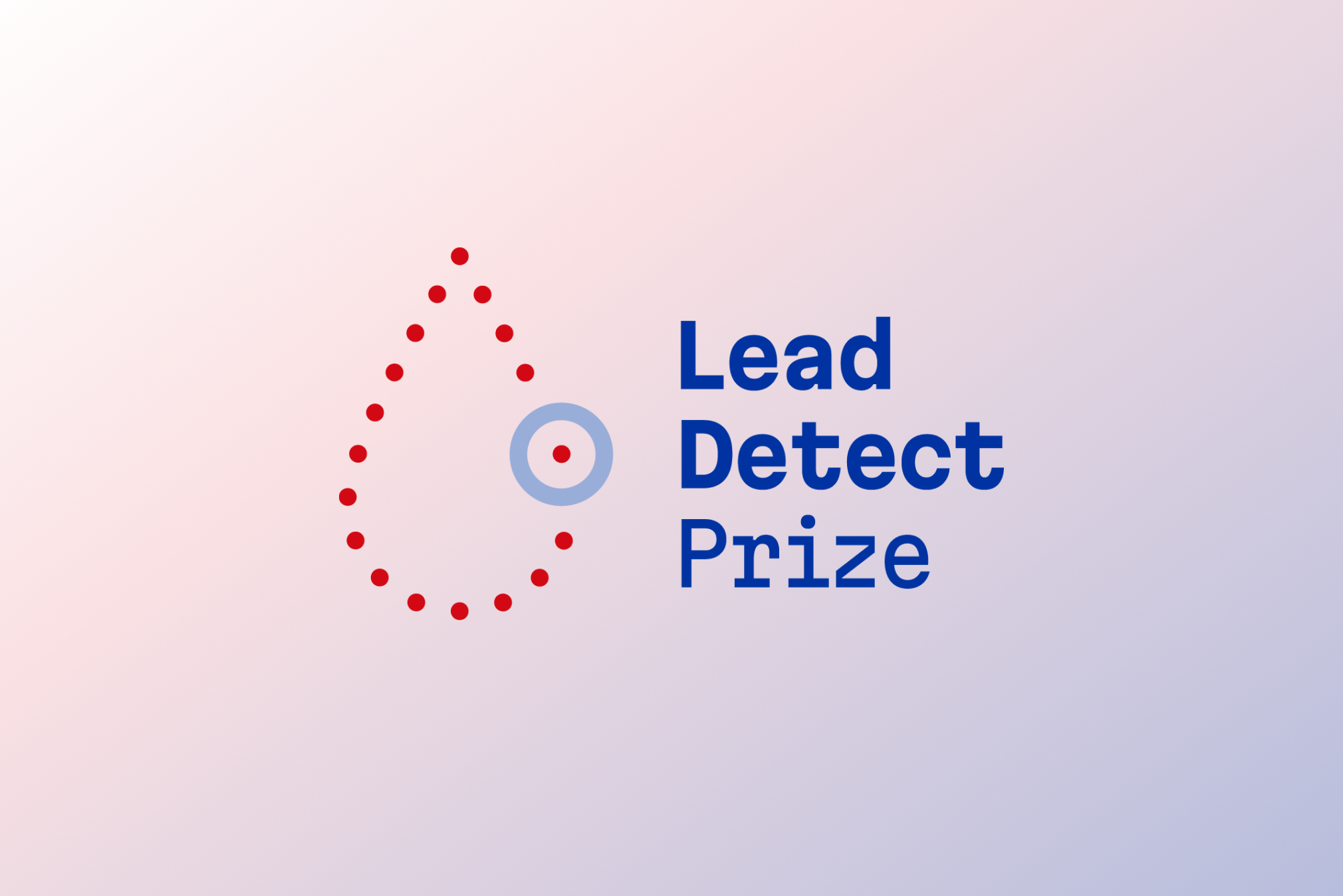Lead Detect Prize announces Phase 1 winners.
There is no safe level of lead in blood. Lead is a potent neurotoxin that is present throughout the environment — air, soil, and water — as well as in and around the home. Lead exposure is dangerous for everyone, but young children are particularly vulnerable to its toxic effects. Even low amounts of lead in the blood are associated with developmental delays, difficulty learning, behavioral issues, and other harmful effects on health. Globally, approximately one in three children have blood lead levels at or above 5 µg/dL (micrograms per deciliter), well beyond the current reference value for intervention set by the Centers for Disease Control and Prevention (CDC).
In the United States, concerted lead abatement programs that began in the 1970s have led to significant reductions in levels of lead exposure in children, but the legacy of contamination presents an ongoing risk. Communities experiencing disadvantage are disproportionately impacted; children in these communities are more likely to be exposed to lead in their homes and less likely to receive appropriate intervention and treatment. A 2021 study found that children receiving public health insurance benefits and those living in pre-1950s housing were significantly more likely to have elevated blood lead levels compared with their peers. But lead poisoning could impact any family — and childhood screening tests are essential for identifying sources of lead exposure.
Symptoms of lead exposure may be subtle and undetected by a clinical exam; the best way to determine exposure is to collect and test a blood sample at the point of care. Early detection of lead in the blood, even at low levels, can help children get the appropriate care, avoid future exposure, and mitigate lasting health risks. Currently, there is only one FDA-cleared point-of-care test for lead, and it is often unable to provide clear, actionable results at CDC’s recommended reference value of 3.5 μg/dL.
The federal government is focusing attention and resources — in the U.S. and around the world — to make sure children and families can live safely in their communities without the fear and harmful effects of lead exposure. Accelerating innovations to improve blood lead testing is essential to protecting Americans from the dangers of lead.
The Lead Detect Prize is a $1 million open innovation challenge to address the urgent need to identify and foster new or existing breakthrough solutions and products for optimal lead testing in children. Administered by Luminary Labs under contract with the NASA Tournament Lab and in collaboration with CDC, the challenge seeks to accelerate the development of simple-to-use and affordable systems that can detect very low concentrations of lead from whole blood samples at the point of care. This technology could be used by healthcare providers who are not trained laboratorians, enabling widespread screening and testing for lead exposure.
This week, the Lead Detect Prize announced the five Phase 1 winners. The winning concept papers proposed high-potential solutions using a range of approaches, including adapting techniques such as spectroscopy and biosensors, as well as translating approaches used in detecting lead and other heavy metals in the environment.
The following Phase 1 winners will each receive an equal share of the $150,000 prize pool and an invitation to participate in Phase 2:
- Fluorezyme’s dual amplification strategy would use DNA and light to detect lead in whole blood with a device that would fit in a user’s hand.
- GlucoSentient and UT Austin’s concept would adapt a blood glucose meter platform and use a DNAzyme sensor to detect lead in a blood sample.
- Meridian Bioscience’s device would use electrochemical sensors to detect lead by measuring the electrical current in a blood sample.
- OndaVia’s solution would apply optical technology to detect the presence of lead using a distinctive fingerprint signature.
- SensiLead’s plug-and-play sensor would apply electrochemistry to detect lead and include a mobile app that would allow users to test and track results.
Phase 2 teams will submit detailed designs and early evidence of solution performance. The challenge will provide technical assistance and resources — including access to experts in user-centered design, device engineering, and diagnostics regulation — to help teams develop their solutions. Up to three Phase 2 winners will receive a share of the $850,000 Phase 2 prize pool.

